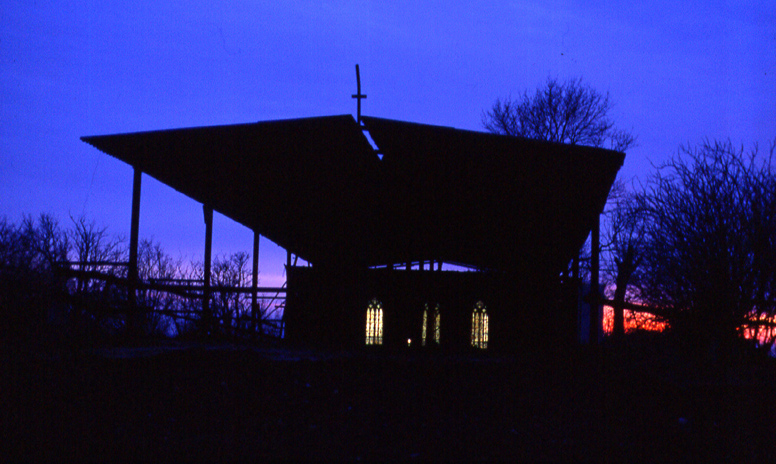The painted glass windows of the Gothic cathedral used to serve as a surface of representation on which the image of the transcendental world was meant to appear for the medieval man. The informations residing in the articulation of the glass panes were transported to the viewer by the fotons, particles comming from the transcendental "sphere" of the sun. The colourful surface of the windows symbolised the limits between the real world and that of the much desired "better world".
In our times the verge between real and desired worlds is marked by the boundless field of advertisement imagery. "If you work hard you can afford..." While the Ghotic windows were lit up by sunbeams, the pictures used in the advertisement industry, are most often being made visible with the help of artificial light.
In the Occidente Lux installation the (projected) windows appear on the western wall of the building, which is striving thus to remind of a church which was turned towards the West. (Where the promise of the better world is comming from nowadays.) These windows are not using the eastern sunshine to light them on. On the contrary: the more the sunshine is diminishing and give place to the darkness, the better their artificial light can prevail. (Szacsva y Pál 1999)
